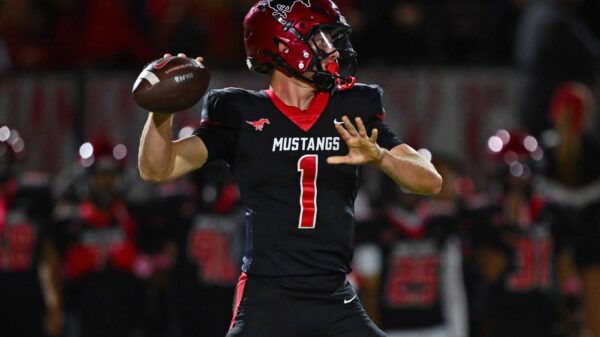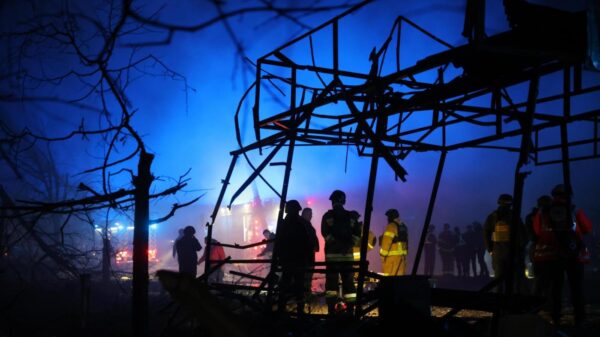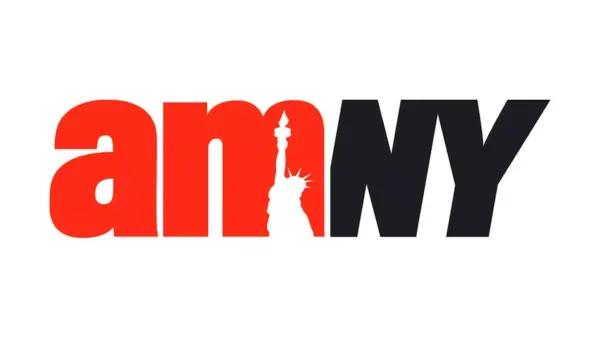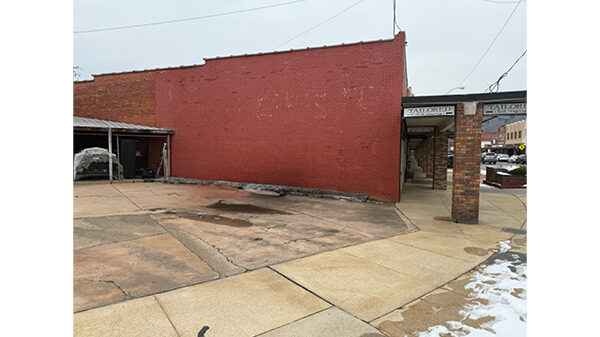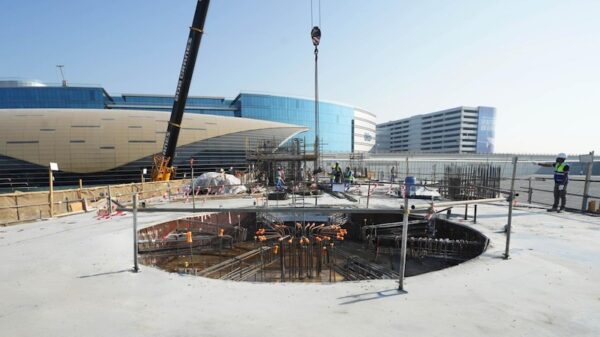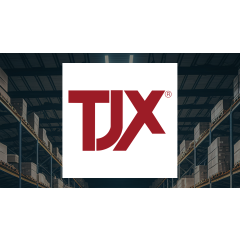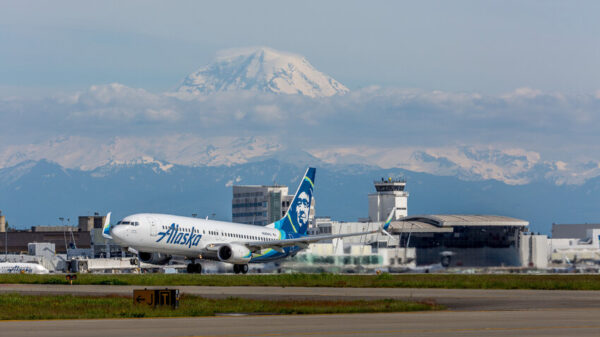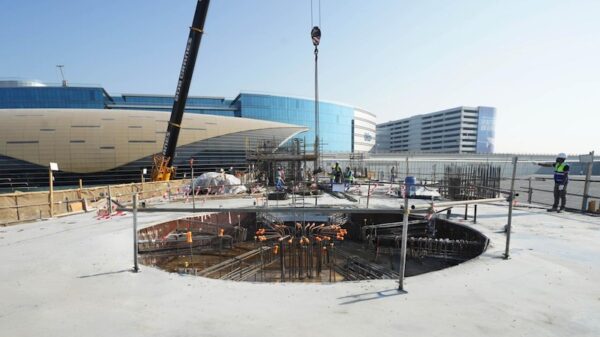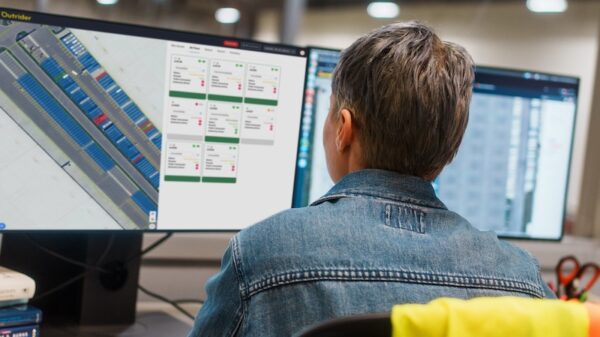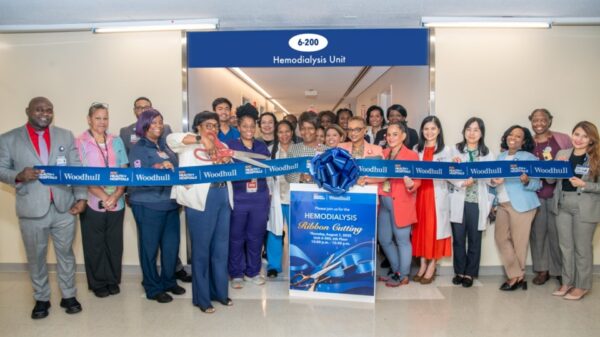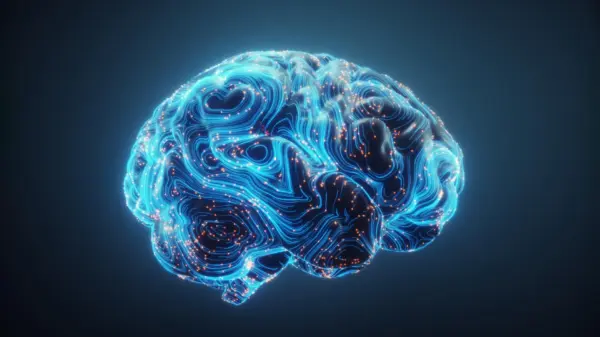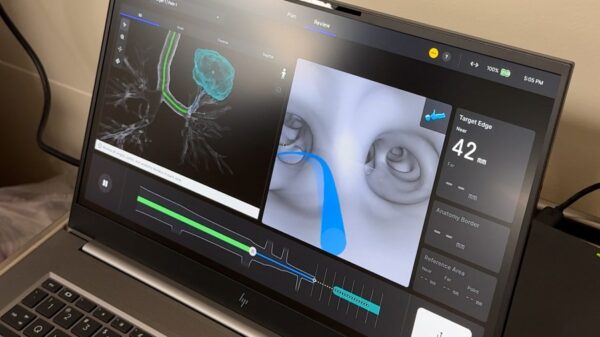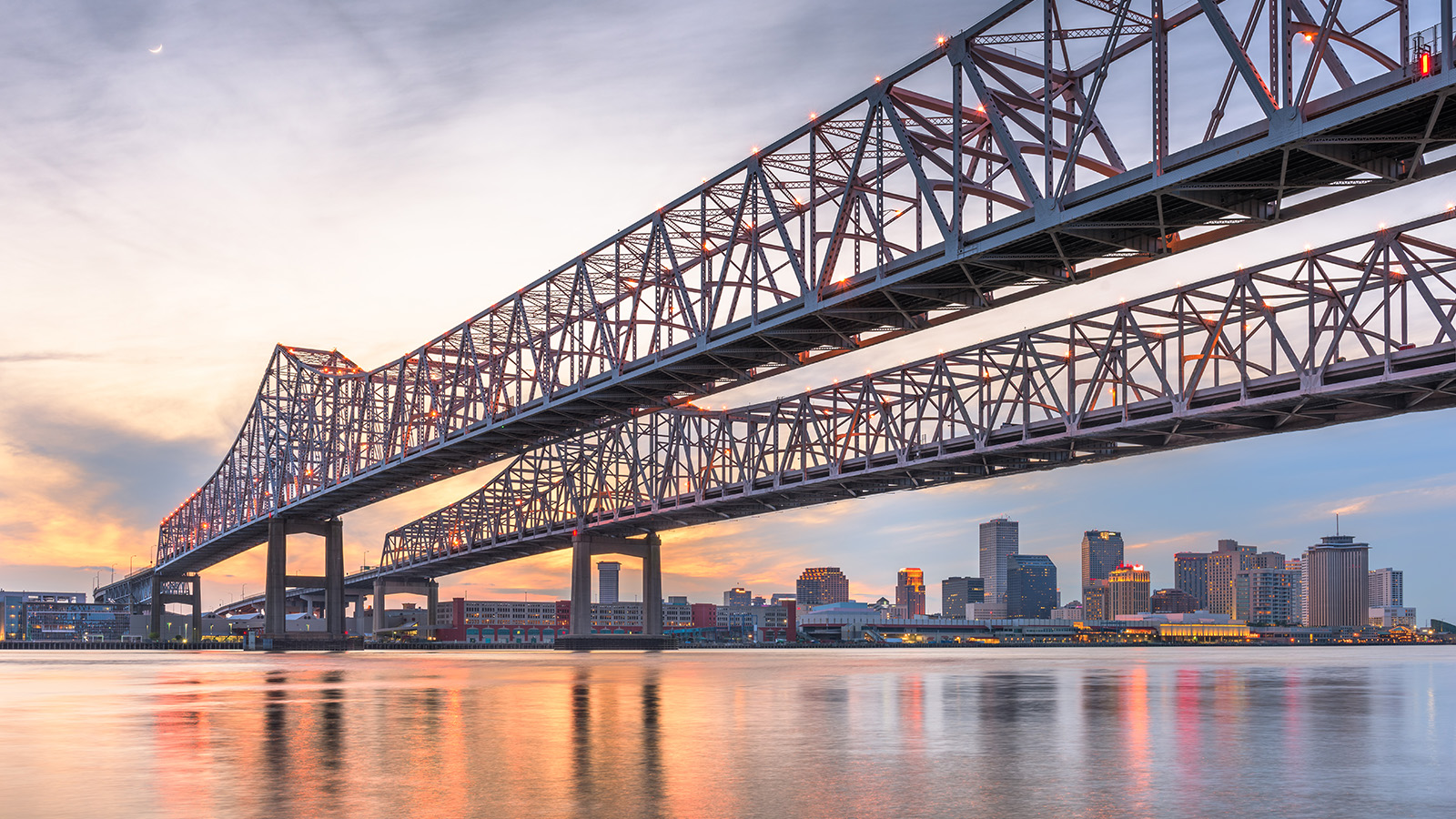Education levels in the United States exhibit significant disparities, with certain states consistently ranking low in key metrics such as high school completion rates and college attainment. Recent data identifies the ten least educated states, shedding light on the ongoing challenges they face in improving education quality and accessibility.
West Virginia and Mississippi at the Bottom
West Virginia ranks last in the nation for educational attainment, with only around 20 percent of adults holding a bachelor’s degree. The state’s high school completion rate stands at approximately 89 percent, just below the national average of 89.7 percent. Despite various initiatives aimed at enhancing school programs, West Virginia continues to grapple with limited access to higher education and persistently low graduation rates.
Following closely is Mississippi, which ranks 49th in overall educational attainment and 47th in education quality. The state has the third-lowest high school diploma rate, with just 84.5 percent of adults having graduated. Mississippi’s challenges are compounded by its poor performance in standardized testing. For example, in 2022, its eighth-grade reading scores ranked 50th, while math scores were 49th nationally, according to the National Assessment of Educational Progress (NAEP).
Louisiana and Arkansas Struggle for Improvement
Louisiana ranks 48th in educational attainment, characterized by a low percentage of adults with bachelor’s degrees and severe achievement gaps among different racial and economic groups. Despite the introduction of a 2021 law aimed at expanding summer learning programs to address these disparities, progress has been limited. The state ranks 48th in attainment and 45th in education quality.
Similarly, Arkansas holds the 47th position in educational attainment, with a notably small percentage of adults possessing associate’s, bachelor’s, or graduate degrees. This lack of higher education options limits opportunities for residents seeking better employment.
New Mexico and Alabama’s Educational Challenges
New Mexico is frequently cited as one of the lowest-ranked states in education. In WalletHub’s 2025 study, it was placed 42nd overall, with a near-bottom ranking in quality of education. The state’s high school graduation rate is around 76 percent, positioning it 49th among the states. A 2018 court ruling indicated that New Mexico was constitutionally obligated to provide adequate resources for at-risk students, a requirement it has struggled to meet.
In Alabama, approximately 22 percent of adults hold a bachelor’s degree, which is among the lowest in the nation. The state’s high school graduation rate hovers around 88 percent, slightly below the national average. Gender disparities in education are also evident, with female students graduating at higher rates than their male counterparts.
Funding and Accessibility Issues in Nevada and Kentucky
Nevada faces significant educational funding challenges, spending only about $11,673 per student in 2023, ranking 46th nationwide in K-12 spending. This financial strain contributes to a low high school attainment rate of approximately 87.4 percent. Furthermore, only about 27 percent of Nevadans possess a bachelor’s degree, significantly below the national average of 36 percent.
In Kentucky, while there has been some improvement in K-12 outcomes, the state still ranks poorly in higher education attainment. Approximately 28 percent of adults in Kentucky hold a bachelor’s degree, which is well below the national average. The lack of a highly educated workforce poses challenges for the state in attracting high-salary jobs.
Addressing Disparities in Indiana and Alaska
Indiana reports a college-degree attainment rate of around 30 percent, which remains below average. Although the state has strong technical and vocational programs, urban districts often struggle with performance issues linked to poverty, highlighting the urgent need to address educational gaps.
The unique geography of Alaska presents its own set of educational hurdles. Many remote communities experience high teacher turnover rates, exceeding 30 percent annually in certain areas. Statewide, about 31 percent of adults hold a bachelor’s degree, falling short of the national average. Despite efforts to enhance education in remote areas, Alaska continues to experience lower overall educational outcomes.
The challenges faced by these ten states underscore a broader issue within the U.S. education system, where quality and access to education remain uneven. Addressing these disparities will require sustained efforts from state governments, educational institutions, and communities to ensure that all students have the opportunity to succeed.


